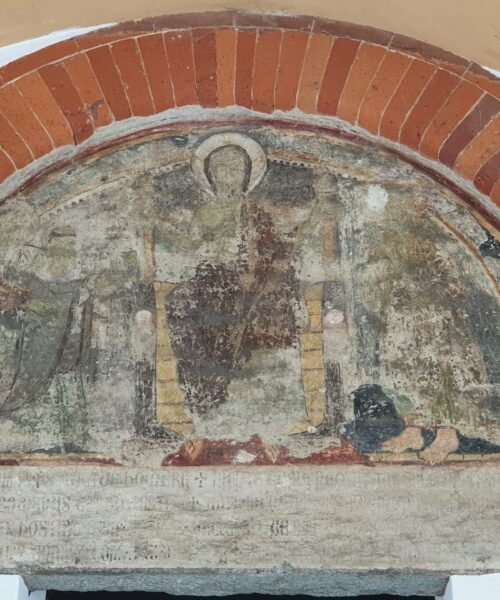
In the twilight of an era wrapping itself in the cloak of the past, the art of photography stood at a historic crossroads. It was a time of transition, a moment when the nineteenth century passed the baton to the twentieth, and with it, a group of daring photographers set out to redefine their craft. These visionaries, armed with lenses and photographic plates, embarked on a mission that might have seemed presumptuous: to elevate photography to an art form equal to painting, carving their names alongside the great masters of the canvas.
It was not a journey into the unknown, but a pilgrimage towards the wisdom of times gone by. These lens artists, with the same devotion of a novice towards their master, turned to the masterpieces that had defined visual aesthetics for generations. Their desire was to mold photography, not as a mere means of reproduction, but as an autonomous artistic voice, capable of evoking emotions and telling stories without words.
To achieve such a noble goal, the Pictorialist photographers relied on printing techniques that were as complex as they were poetic. Gum bichromate, bromoil, collodion, and cyanotype were their tools, no different from the brushes and colors of painters. Each image reflected the artist’s hand, each nuance a sign of their presence, a fingerprint left in the ether of history.

In the fabric of this narrative, intertwined with the passion and patience of those who know how to wait for the perfect moment, emerges the figure of Robert Demachy, an artist who indelibly marked the path of Pictorialist photography. Demachy, with his unique vision and impeccable technique, transformed photography into an art that defies time and space, elevating it to a level of expression few had dared to imagine.
Born in the enchantment of Paris in 1859, Demachy immersed himself in the artistic currents that animated the City of Lights. His was a passion that went beyond the mere capture of an image; it was an incessant search for beauty, a continuous dialogue with shadows and light. His photographs were not simple representations of reality, but subjective interpretations, charged with emotion and an aesthetics that touched the sublime.
Demachy was a master in the use of gum bichromate, a technique that allowed the manipulation of the image during the development process, adding or removing details, blurring contours, creating an almost dreamlike atmosphere. This process, which required almost alchemical precision, was for Demachy a way to infuse his works with a sense of uniqueness, making each photograph a unique and personal work of art.

His creations, often compared to paintings for their aesthetic quality, were rich in dramatic contrasts and a softness of tones that made them immediately recognizable. Demachy did not just document the world around him; he transformed it, interpreted it through his lens, giving us images that are wordless poems, dreams captured on paper.
His influence extends well beyond his time, inspiring generations of photographers to seek that same magic, that dialogue between reality and interpretation that makes Pictorialist photography a bridge between two worlds. In an age where photographic art is often reduced to a mere matter of pixels and resolutions, Demachy’s work reminds us that at the heart of every great work is the artist’s soul, their vision, their ability to see not only with their eyes, but with their heart.
And so, as the world continues to turn, the lesson of Robert Demachy remains a beacon for all those who seek to capture the essence of art through the lens of photography: that the final image be not only seen but also felt, and that each shot be a further step in the eternal journey towards beauty.

Today, in an era dominated by digital technology, these techniques may seem outdated, yet they persist, like echoes of an era when art required time and reflection. Contemporary photographers who rediscover these ancient methods step away from the frenzy of the present, seeking a deeper connection with their work. They reject the instant gratification of digital cameras, choosing instead the meditative path of craftsmanship.
In this return to origins, there is a rediscovery of the pleasure of creating something unique and lasting. An image not destined to languish in a forgotten corner of a hard drive, but to be proudly displayed, living and breathing in physical space, a witness to an era when art was as much a process as a product.
And so, as the world races fast towards the future, these Pictorialist photographers remind us of the value of waiting, of the human touch, and of beauty that reveals itself slowly, like the secrets of an ancient canvas unveiled under the attentive gaze of those who know how to wait.






